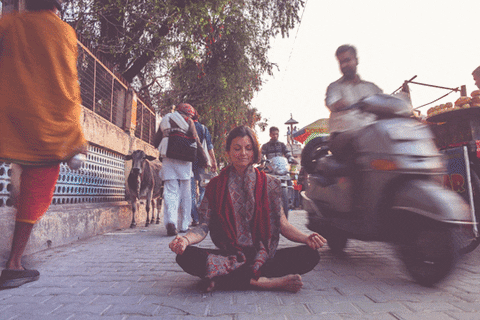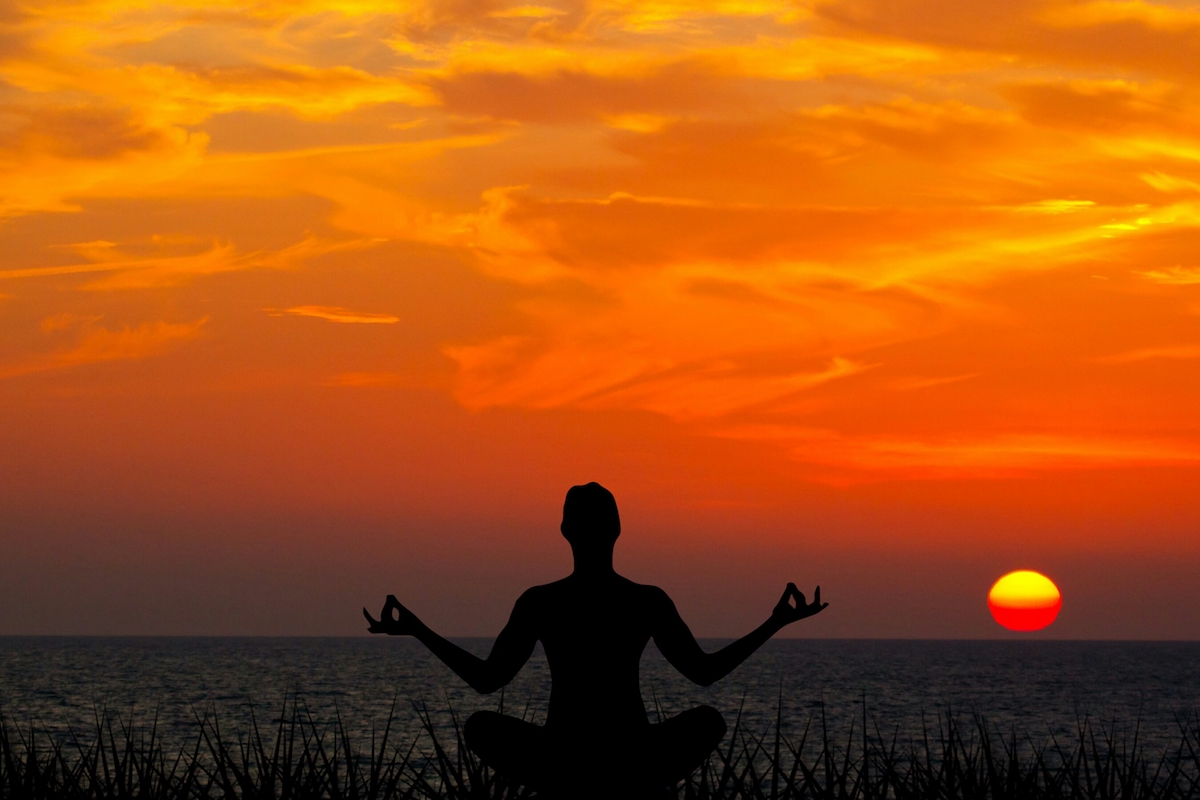Meditation and visualization techniques have the powerful ability to decrease our anxiety, help us focus in on what's important, regulate our breathing, and improve our motivation. Performing a breathing technique each day, even for a few minutes, not only will improve your health and wellbeing, but will also help you feel more centered and more focused to pursue the day and goals ahead of you.
Headspace is my all-time favourite app. It has sounds and voices that help walk you through the visualization process, and multiple categories that are created for everyone who has different techniques and experiences. Some of the categories include: sleep, letting go of stress, planning, resting awareness, and semi-guided meditations. The sounds are calming and they help me to fall asleep, be with my thoughts, and do a good meditation practice before I begin my day.
Now onto my favourite technique! I use the 4,7,8 breathing technique to really feel my breaths going in (4 seconds), holding it (7 seconds), and letting it all go (8 seconds). Try to inhale a really deep breath so your diaphragm moves down, allowing more air into your lungs. When you breathe out, try to envision all of your tension leaving your body and a positive energy coming in instead. This image helps me to stay focused and motivated on my task at hand.

Another technique I use is staying comfortable. It’s important to be comfortable and take care of yourself during, before, and after the meditation exercise. I typically do my meditations in a place I know is private and quiet to allow myself to relax further. Pay attention to what your body needs; I do this by drinking a glass of water before and after I meditate, along with before bed and in the morning.
Position yourself in a comfortable spot and do some light stretching to get your body warmed up and ready to meditate. I pay close attention throughout the exercise to see if my body feels relaxed, tense, stiff, etc. Being uncomfortable in this exercise will distract you and remove any benefit of the exercise. This will counteract the good habits you’ve been working hard to develop.

Quieting the mind can be difficult for a lot of people, students included. However, this is probably my favourite one to tell people when I’m asked about my self-care routine. It can be hard to fight the invasive and distracting thoughts that come, but it’s crucial to allow them in and wash them through and out of your attention.
It sounds backwards, but by trying to quiet the mind, we need to actually allow our thoughts to come and go. If you’re unsuccessful with this strategy, try to speak out loud when you’re doing the exercise. If you’re in a private space, this can really help with actively speaking the thoughts out and then allowing them to dissipate from your brain.
As students, I’m sure we all know what busy schedules look like! “Practice makes perfect” and keeping a routine really are key for visualization techniques. I try to set aside a time each day (preferably in the morning right when I wake up and before I start my day) to take 15–20 minutes to meditate. This gives me a clear and positive headspace for the day ahead.
The more often you practice, the more likely you’ll stick to it. In the beginning, it’s almost important to start with what works for you. If just five or even three minutes is all you need, you’ll begin to get a sense of what works best for you and won't be subjecting yourself to the stress of a specific expectation.
I hope these techniques will guide you to a clear headspace and give everyone the motivation to get through end-of-term tasks. Good luck, everyone!

